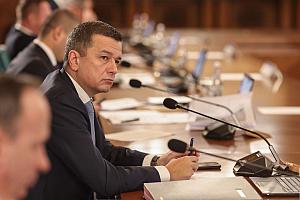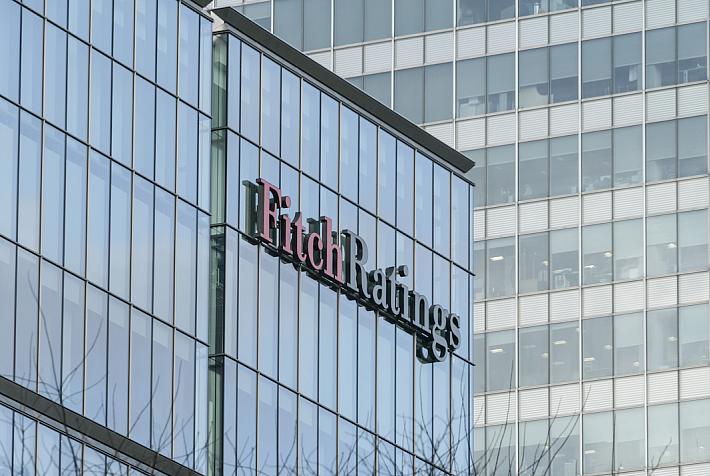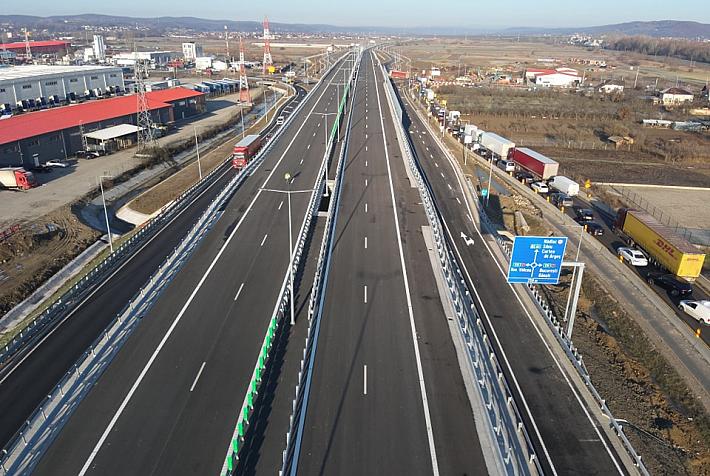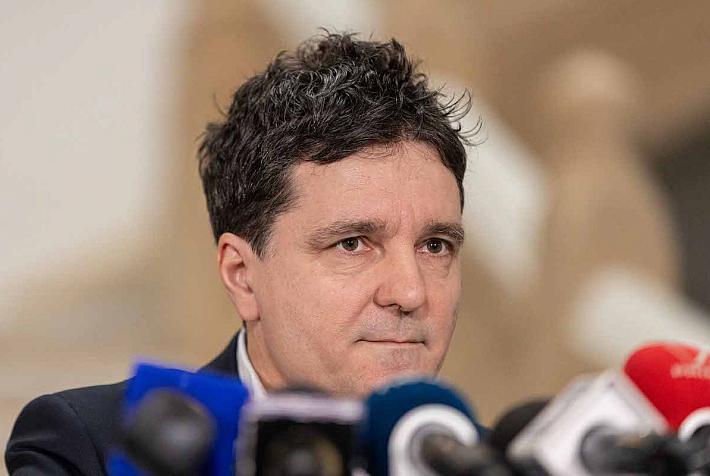First new segment of crucial highway project in North-Eastern Romania opens for traffic

An 11-kilometer segment of the A7 highway in Eastern Romania, also known as Moldova’s Highway, will open for traffic on November 7, 2024, according to Economica.net. This marks an important milestone for the most anticipated infrastructure project in Romania, which will connect the capital Bucharest with the country’s North-East region, corresponding to the historical Moldova region.
The 10.94-kilometer segment that opens for traffic this week bypasses the city of Focsani, in Vrancea county, and is part of the Buzau-Focsani section of the A7 highway. The whole section between Buzau and Focsani, which is 82.4 kilometers long, is expected to open this year. The contractor of this section, Romanian group UMB, controlled by local entrepreneur Dorinel Umbrarescu, has mobilized unprecedented resources to complete this section ahead of the official deadline.
According to officials from the Ministry of Transport, more than 3,200 workers and 1,000 pieces of equipment were deployed on this construction site, which represents a record for any infrastructure project carried out in Romania over the last 35 years.
There are currently 13 segments under construction on the A7 highway between Ploiesti and Pascani, with a total length of 320 kilometers. The only piece of this highway that is currently open to traffic is a 16-kilometer segment that is part of Bacau’s ring road. The whole project is financed under Romania’s National Recovery and Resilience Plan (PNRR), with EU funding. Most of the new sections of A7 are being built by Dorinel Umbrarescu’s companies.
New sections of the A7 highway, from Pascani to Suceava and, possibly, further north to Siret and the Ukrainian border, will be auctioned in the following months. The A7 will also connect with the future A8 highway (Targu Mures – Ungheni), also known as the Union Highway. The A8 is supposed to connect Moldova with Transylvania and Western Europe.
These two highway projects, A7 and A8, are crucial for the economic development of Romania’s Moldova region. The North-East region of Moldova is currently one of the poorest in the European Union, with a GDP per capita that stood at 46% of the EU average in 2022, according to Eurostat data.
The region’s underdevelopment has been largely linked to the poor infrastructure, which has discouraged significant foreign investments. However, this could change as the region is expected to become more attractive as part of Ukraine’s post-war reconstruction efforts.
The North-East region is currently part of an important transit route for Ukrainian freight carriers, and traffic on the E85 road, which crosses this region from North to South, has seen a strong increase since the beginning of the war in Ukraine.
editor@romania-insider.com
(Photo source: screenshot from video on Stef YouTube Channel)













